If you consider yourself a foodie, Italy is clearly a must-see destination for you. Italian chefs have turned food into an art form, crafting some of the most creative and tasty dishes in the world. Among Italy’s most amazing culinary masterpieces is cheese. Cheese is one of Italy’s culinary delights, a blend of indulgent flavors and sumptuous textures that go well with almost any meal. No matter where you go in Italy, you’re guaranteed to find local artisanal cheese that’s been crafted using the knowledge and techniques of countless generations.
Some of these cheeses are even protected by PDO regulations. PDO stands for “protected designation of origin, and is an EU certification that safeguards the authenticity of certain products by stipulating they must be produced within specific geographic regions. Countries seek PDO protection to preserve cultural heritage, support local economies, and protect consumers from counterfeit or inferior products. Italian cheeses that enjoy PDO protection include Parmigiano-Reggiano, Gorgonzola, Mozzarella di Bufala Campana, Pecorino Romano, and Asiago, all of which are mentioned below.
Exploring Italy through the lens of artisanal cheese offers a one-of-a-kind adventure. But you’ll also get your cultural and historical discovery fix as you make your way through the heart of the Italian countryside. So, take a virtual cheese tour of Italy with us as we explore the distinct qualities of a number of iconic cheeses that reflect the craftsmanship of their region of origin.
Fontina — The Aosta Valley
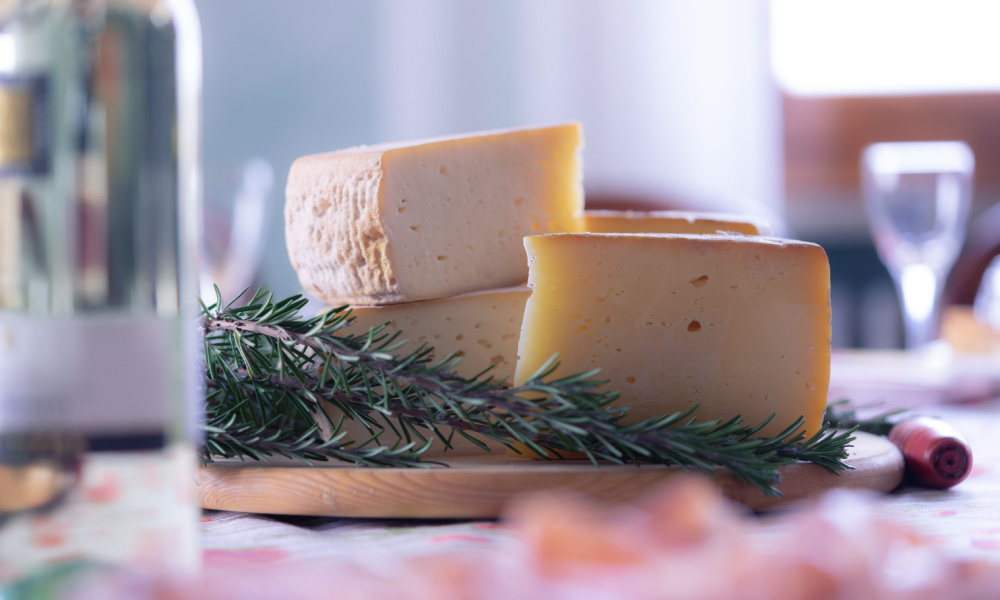
Fontina
Fontina is a testament to the cheese makers of the Aosta Valley in northern Italy. Fontina is a semi-soft cheese aged for three to five months in the humid caves that dot the valley’s landscape. It’s made from the unpasteurized milk of the region’s famed Valdostana cows. As the cheese ages, it absorbs the moisture of the underground caverns. This gives fontina a supple texture and an earthy flavor with undertones of roasted nuts.
Cheese lovers can enjoy fontina in a variety of ways. Fontina that has been aged for less time has a pliable quality that makes it a preferred cheese for gooey dishes like fondue. More mature fontina is harder and is often grated on pasta. You can also serve it alongside platters of fruits and vegetables.
Parmigiano-Reggiano — Emilia-Romagna

Parmigiano-Reggiano
Parmigiano-Reggiano, rightfully known as the King of Cheeses, is a masterpiece of Italian cheese. The cheese originates from the northern region of Emilia-Romagna. Parmigiano-Reggiano, a hard-aged cheese, more than lives up to its regal moniker by presenting cheese lovers with a collection of flavors and textures. Despite being considered a hard cheese, Parmigiano-Reggiano cuts into crumbly, granular bits.
Gourmands often describe Parmigiano-Reggiano as possessing a complex taste. While nutty, fruity tones dominate, Parmigiano-Reggiano also possesses sharp and savory undertones that increase with aging. Due to its multi-layered texture and flavors, chefs often grate Parmigiano-Reggiano onto pasta and salad to give dishes a very particular zing. The cheese also pairs well with sweet fruits like apples and strawberries.
Mozzarella di Bufala Campana – Campania
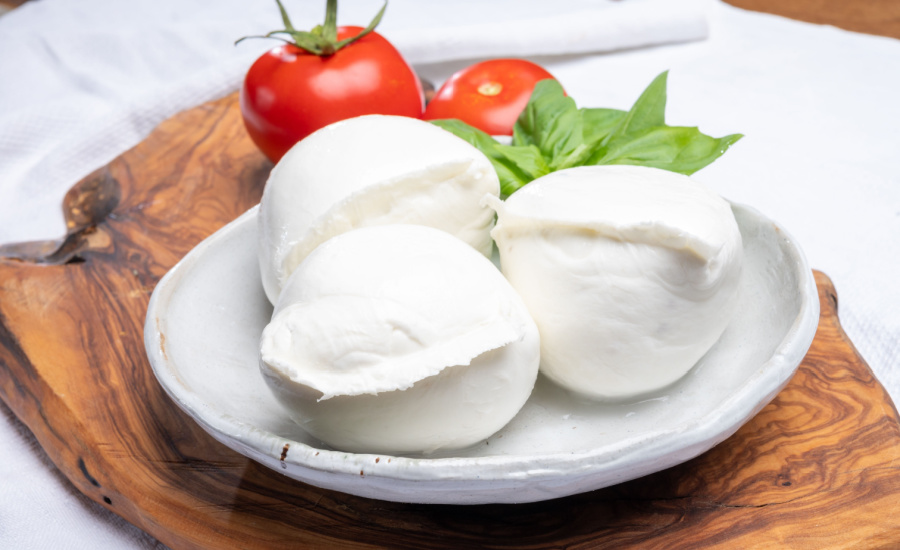
Mozzarella di Bufala Campana
Mozzarella di Bufala Campana hails from Italy’s Campania region and is crafted exclusively from water buffalo milk. This cheese stands out for its soft, creamy texture and gentle, milky flavor. Produced through traditional methods, the milk is coagulated, gently heated, and stretched into smooth, round balls before being stored in brine.
Mozzarella di Bufala Campana shines in dishes like the classic Caprese salad, where it combines with fresh tomatoes, basil, olive oil, and salt. Its adaptability extends to pizzas, sandwiches, and countless Italian recipes, thanks to its versatile nature. Best enjoyed fresh within days of production, this cheese embodies the rich culinary heritage of the Campania region and its longstanding tradition of crafting exceptional cheese from water buffalo milk.
Pecorino Romano — Lazio and Sardinia
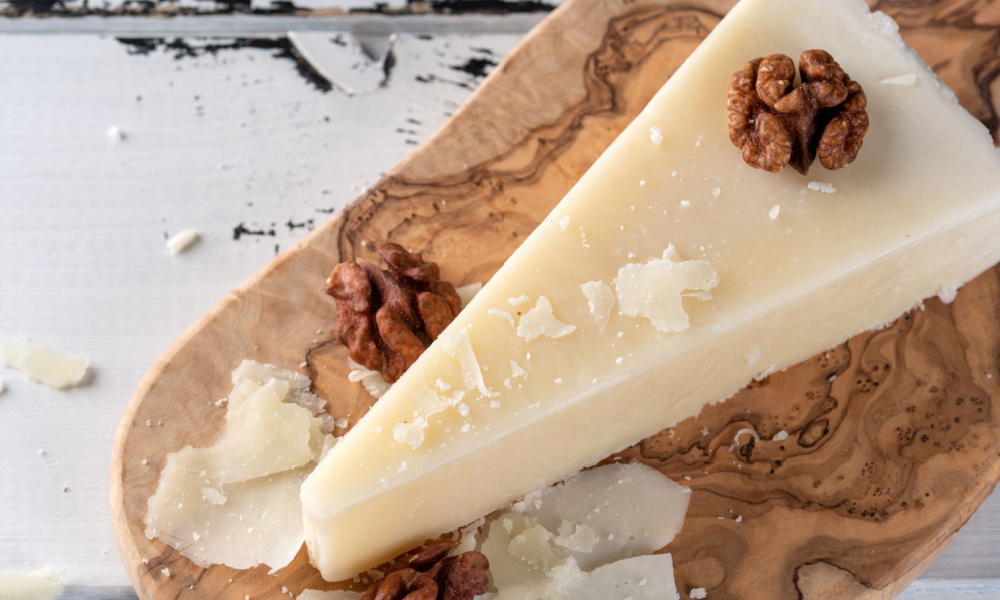
Pecorino Romano
Pecorino Romano is one of Italy’s oldest cheeses, dating back to the time of the Roman Empire. Pecorino Romano is made from sheep’s milk in a process that has gone unchanged for two millennia. This process, which lasts for eight months, has been perfected by farmers on the islands of Lazio and Sardinia. This aging process is the key to giving Pecorino Romano its distinctive taste. The longer Pecorino Romano ages, the more it develops its signature sharp, smoky flavor and crumbly texture.
Due to its granular consistency, Pecorino Romano is a favorite complement to many Italian dishes, notably pastas and baked bread. Pecorino Romano is also enjoyed as an ingredient in many pasta sauces, including carbonara and cacio e pepe.
Gorgonzola — Lombardy and Piedmont
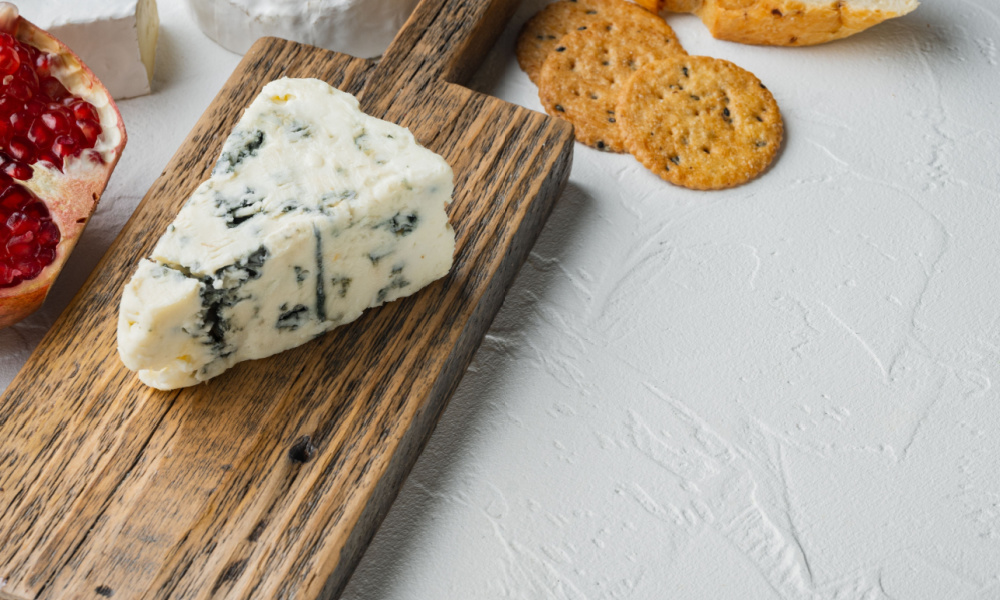
Gorgonzola
Gorgonzola is an exquisite cheese with a rich history that hails from Italy’s northernmost regions of Lombardy and Piedmont. This cheese, known for its signature blue marbling, has sometimes been described as resembling a piece of delicate porcelain.
Gorgonzola is made using unskimmed cow’s milk and comes in two varieties: gorgonzola dolce and gorgonzola piccante. Gorgonzola dolce is a sweeter version of the cheese with a softer texture that is aged for about three months. Gorgonzola piccante is aged for almost a year, giving it a sharper taste and crumbly texture. While both varieties of gorgonzola are used in sauces, cheese lovers also enjoy it with honey and jam.
You may also enjoy: E’ Cosi Romantico! The Most Romantic Places in Italy
Ricotta — Various Regions
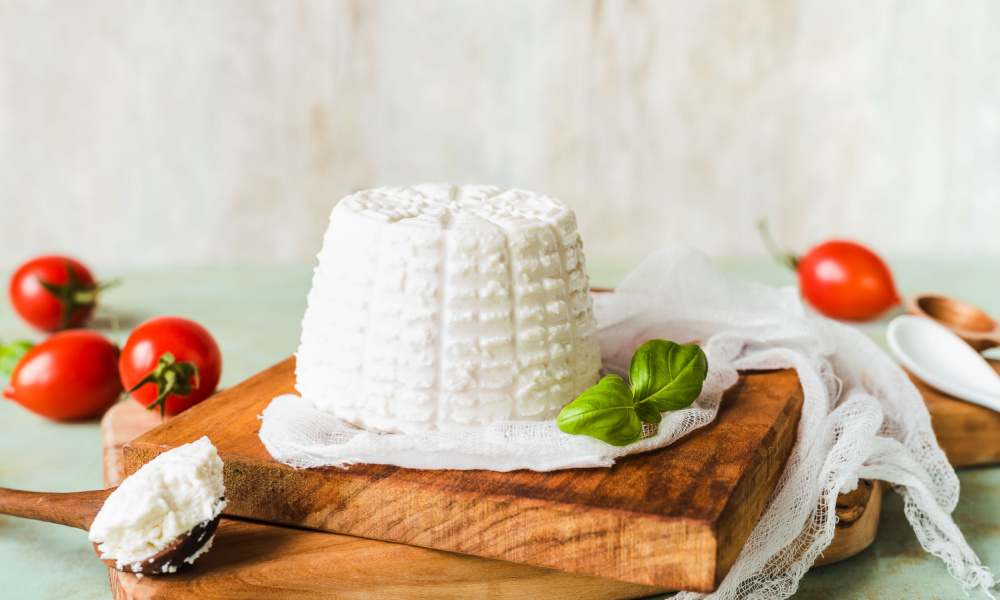
Ricotta
Creamy and delicious, ricotta cheese is practically synonymous with Italian cooking, at least as it is represented in the United States. Most ricotta cheese is made from cow’s milk. However, ricotta can also be made from the milk of sheep, goats, and even the Italian water buffalo. Although most artisanal cheeses are primarily made with curds, the main ingredient in Ricotta is whey, a byproduct of the creation of cheeses like provolone and mozzarella.
Unlike Parmigiano-Reggiano and Pecorino Romano, ricotta is not an aged cheese, but a fresh cheese, maintaining a moist consistency. Ricotta possesses a light flavor and creamy texture. And it’s used in the creation of countless Italian dishes, including pasta dishes like cannelloni and lasagna as well as that signature Italian pastry, the cannoli. Luckily, when it comes to embarking on your cheese tour of Italy, you can find ricotta almost anywhere in Italy.
Asiago — Veneto and Trentino
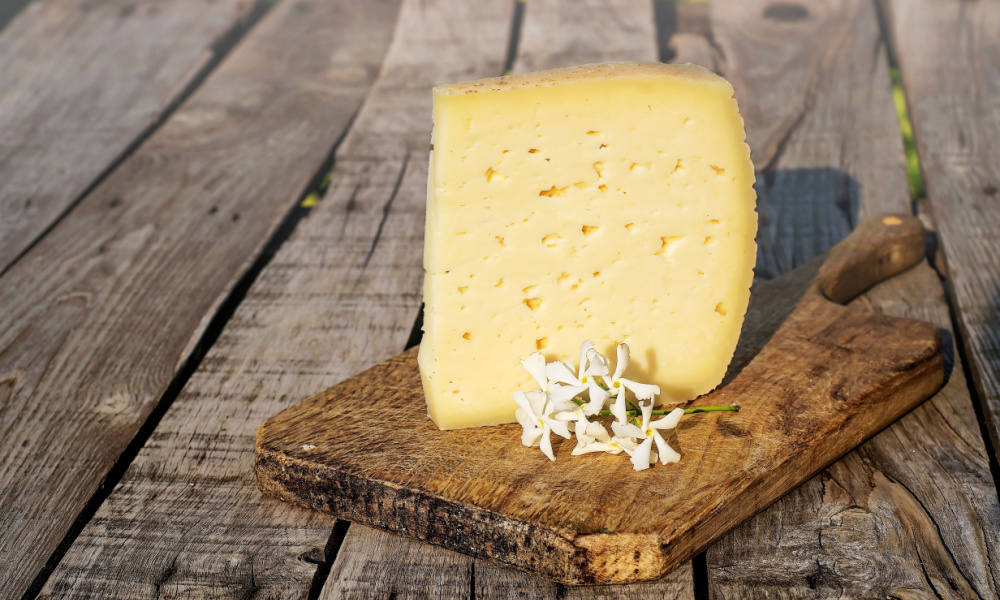
Asiago
Foodies celebrate Asiago cheese for its delicious taste and keen versatility. Originating in the northern regions of Veneto and Trentino, Asiago comes in several varieties, the most notable of which are Asiago fresco and Asiago d’allevo. Asiago fresco is made using whole milk and is a semi-soft cheese with sweet flavors. Asiago Fresco is softer and creamier, and is often sliced for sandwiches. It’s also a fine addition to cheese boards and is eaten alongside crackers.
Asiago d’allevo is made with both whole milk and skim milk, and is aged anywhere from several months to over a year. Due to the aging process, Asiago d’allevo has a compact texture with a nutty taste. While Asiago d’allevo’s texture makes it ideal for being grated on pasta and soup, many cheese connoisseurs enjoy it by itself with a glass of wine.
Provolone — Southern Italy
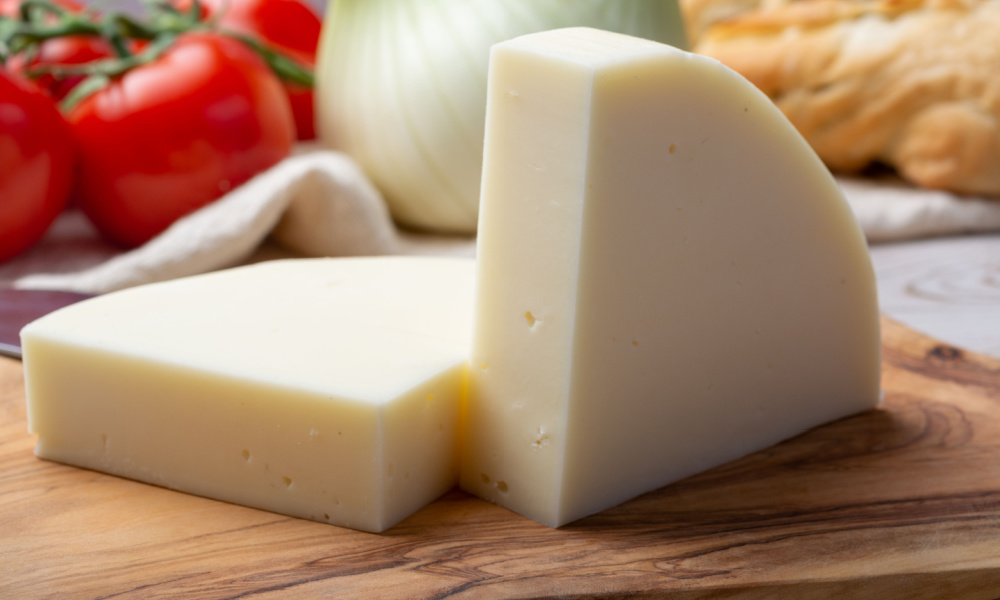
Provolone dolce
Provolone is one of Southern Italy’s most well-known cheeses. This cheese is a product of generations of devotion to artisanal cheese making. Made from cow’s milk and enticing cheese lovers with a semi-hard texture, provolone comes in both mild and sharp varieties. Mild provolone, by far the more popular version of the cheese, takes up to four months to age. Meanwhile, its sharper, spicier cousin requires an aging process of up to 16 months.
Provolone is also a popular sandwich topper. It’s a favorite on cheese boards, where it’s often paired with spicy vegetables like roasted red peppers and olives. Chefs have also been known to utilize provolone in a variety of dishes, most notably with pizza and eggplant. No matter how you slice it, provolone is a scrumptious option to get your dairy fix.
Did we leave your favorite cheese off our list? Tell us in the comments section below!


Leave a Reply